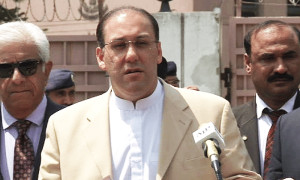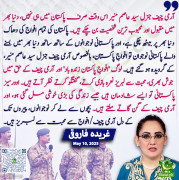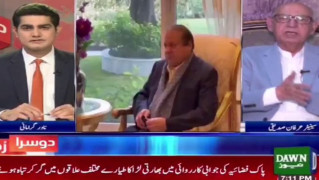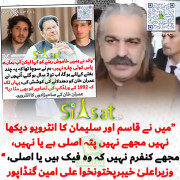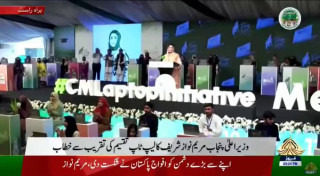Pakistani1947
Chief Minister (5k+ posts)
May Allah give hidayat to deviated Muslims who are visiting graves to perform their Shirkia acts (Aameen) whereas according to Sunnah [FONT="]([/FONT]صلى الله عليه وسلم[FONT="])[/FONT] they should be using this opportunity to to remember the fact that everyone is going to die and that we must prepare for the day of judgment.
Last edited:














